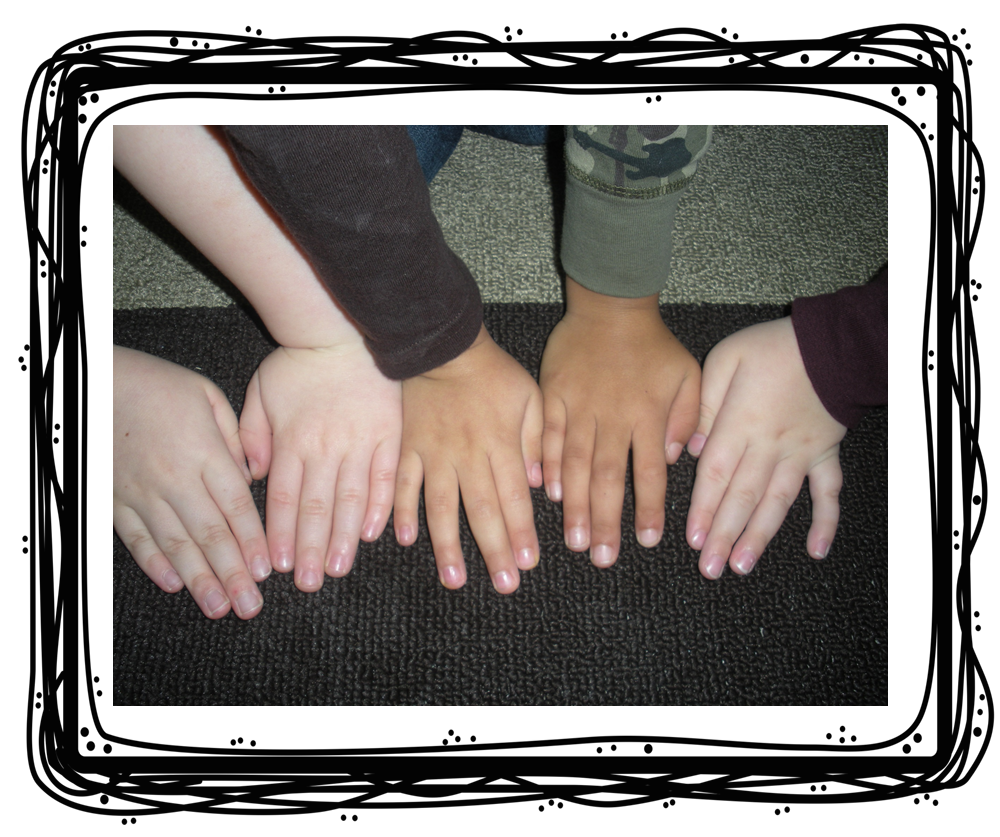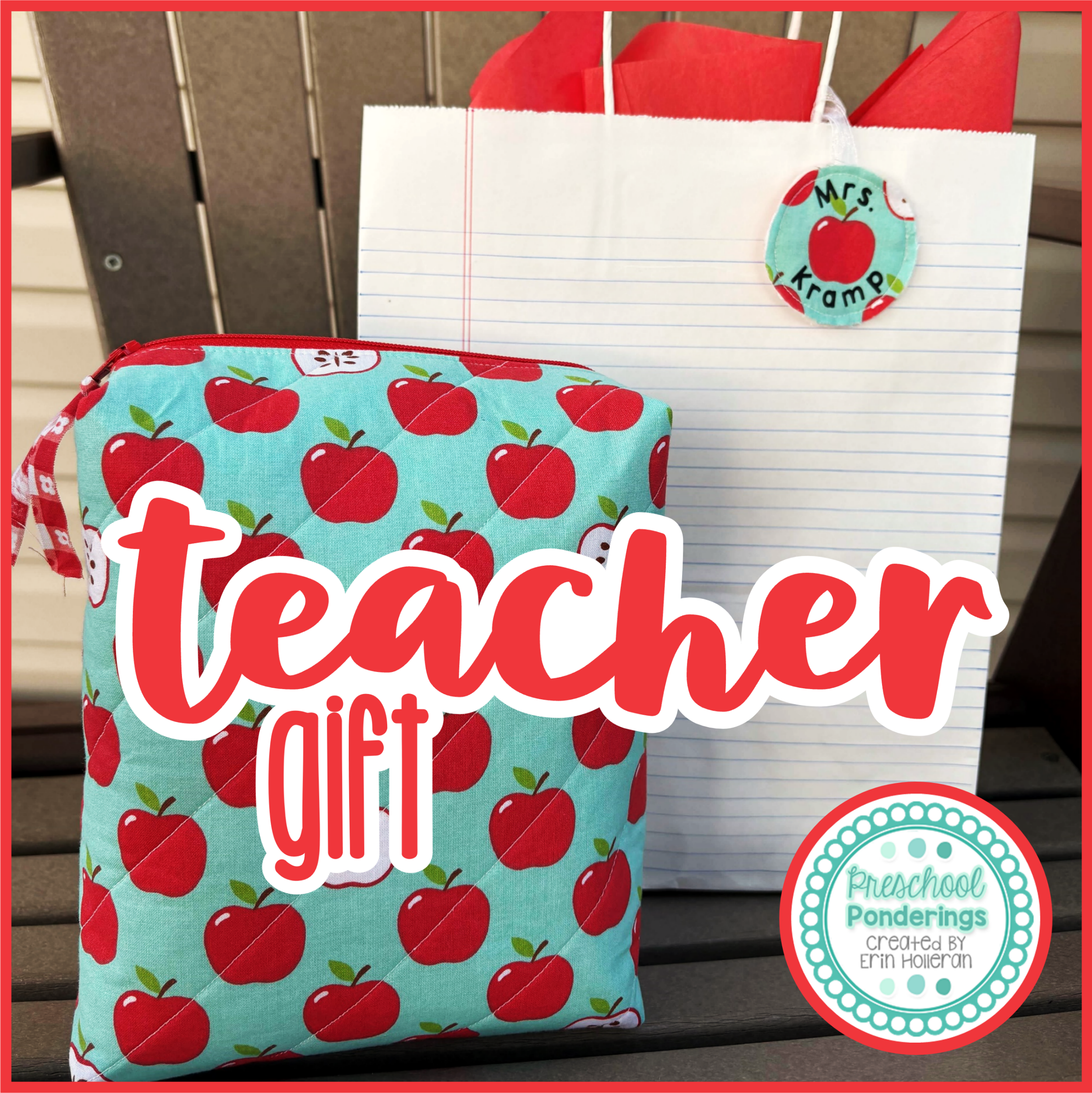Extending a Portrait Project
 Yesterday I shared one of my all-time favorite back to school activities – creating self-portraits. Today, I want to share some ideas for extending the learning that you’ve begun with this activity. If your students really enjoy this activity, pay attention to how they are working, and which aspects of the project seem to draw their attention.
Yesterday I shared one of my all-time favorite back to school activities – creating self-portraits. Today, I want to share some ideas for extending the learning that you’ve begun with this activity. If your students really enjoy this activity, pay attention to how they are working, and which aspects of the project seem to draw their attention.
If the children are especially interested in inspecting their own features in the mirror, then you might consider taking close up photos of their facial features. You could then print these photos and explore them in a few different ways.
- First you could encourage the children to figure out which features belong to which students.
- You could also have them attempt to find all of their own features and put them together to create their face.
- It would be great to compare and contrast each of these features, graphing how many students have blue eyes or brown hair.
- These photos could serve as great references for drawings – it would be wonderful to see how the children draw their own features when they are able to see them close up.
- You could also print out black and white photos of the children and ask them to add color.
- When the children are done exploring their own facial features, they could switch with a friend, it would be interesting to see how they draw each other.
This particular investigation meets a number of early learning standards. It would be a valuable way to teach:
- Self-concept
- Creativity
- Engagement and persistence
- Problem solving
- Data analysis
- Spatial awareness
- Identifying and creating shapes
- Social identity
- Human systems
- Expressive language
- Early writing
- Small motor
- Body awareness
On the other hand, if your students are most interested in using the mirrors to look at themselves and others, there are a number of activities that you could introduce to encourage continued exploration.
- You could introduce mirrors of all shapes and sizes for the children to explore.
- The class could compare how they look in the mirror to how they look in photographs.
- You may choose to introduce a number of materials for children to explore with mirrors, paying close attention to how the students use the mirrors with these items.
- The children could investigate reflection in different levels of light or darkness.
- The group may explore the reflective properties of different materials – glass, aluminum foil, water, etc.
These activities are ideal for teaching the following concepts:
- Safety practices
- Small motor
- Expressive language
- Receptive language
- Social communication
- Reasoning and problem solving
- Grouping and categorizing
- Describing and comparing attributes
- Inquiry
- Explorations of energy
- Initiative and curiosity
- Innovation
- Sense of competence
- Peer interaction
These are only two possibilities for the extended investigation that can come from an activity like creating self-portraits, but they illustrate the varied possibilities for projects stemming from one idea or topic. When you spend time observing your students to determine their true interests, your projects will have many more valuable learning experiences because they will be tailored to the questions that the children really want to answer.




